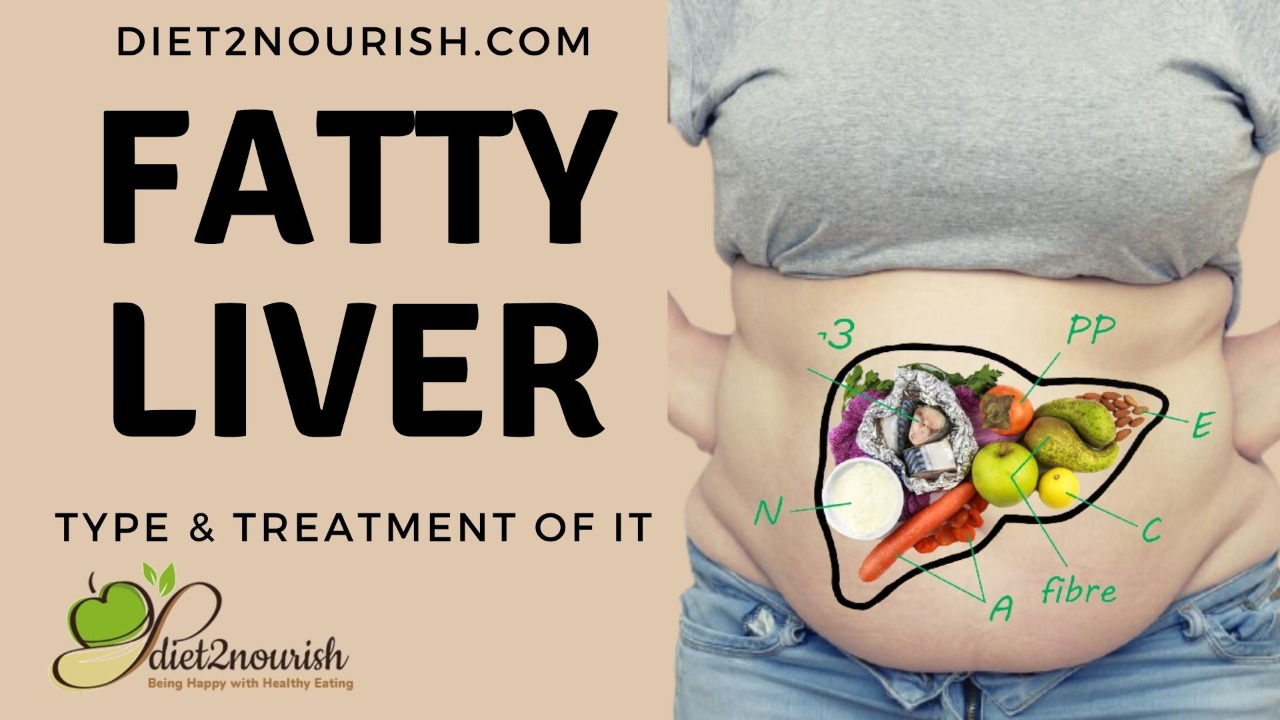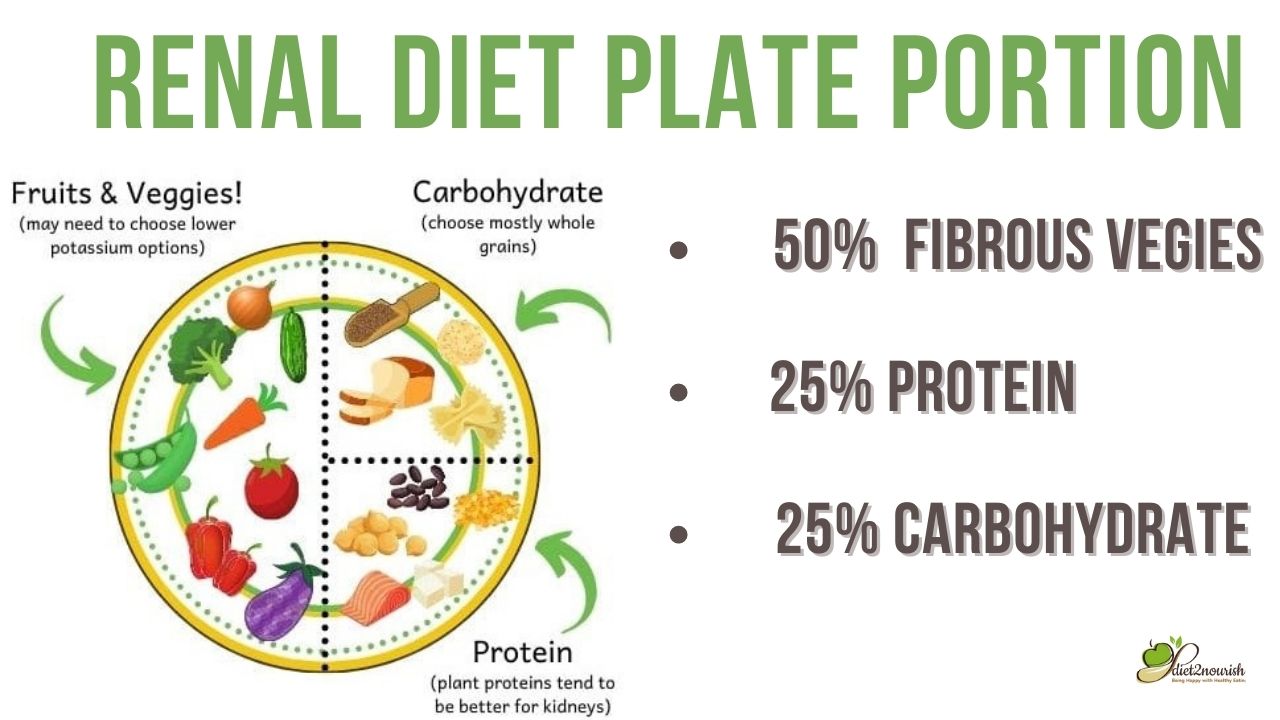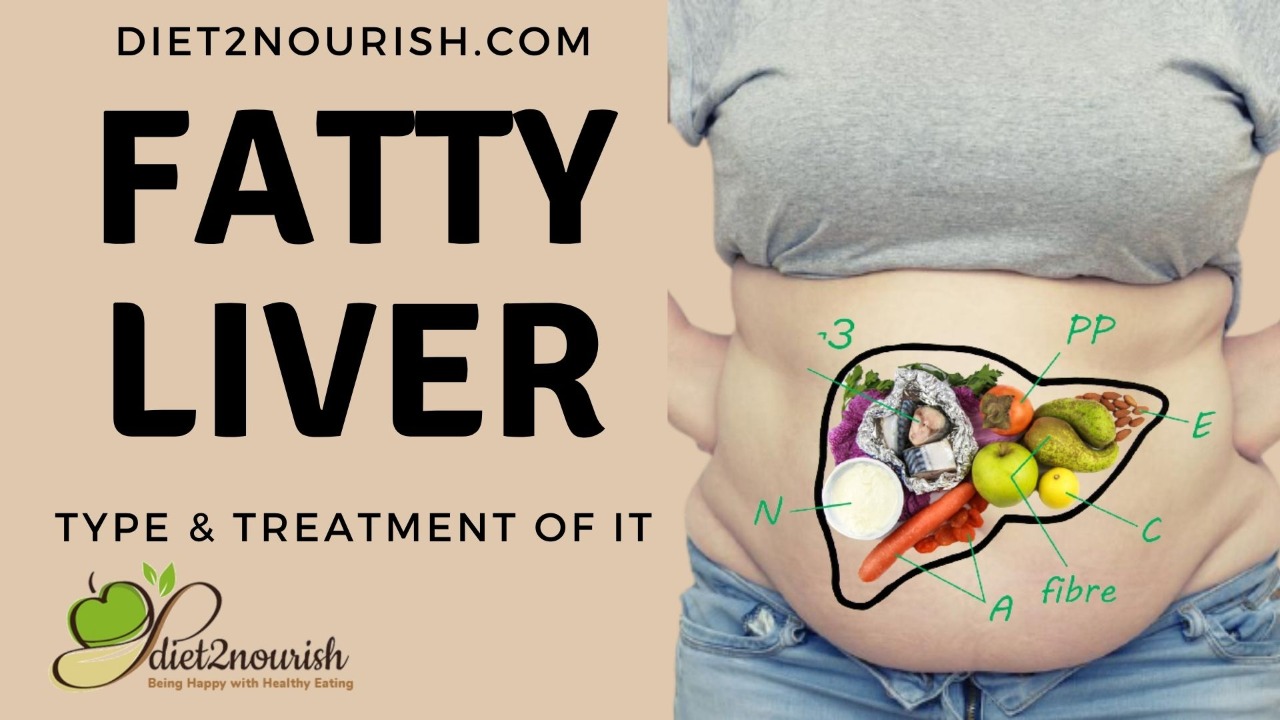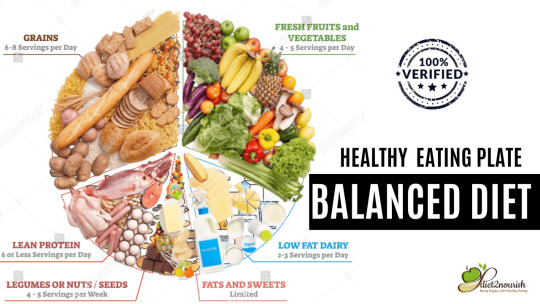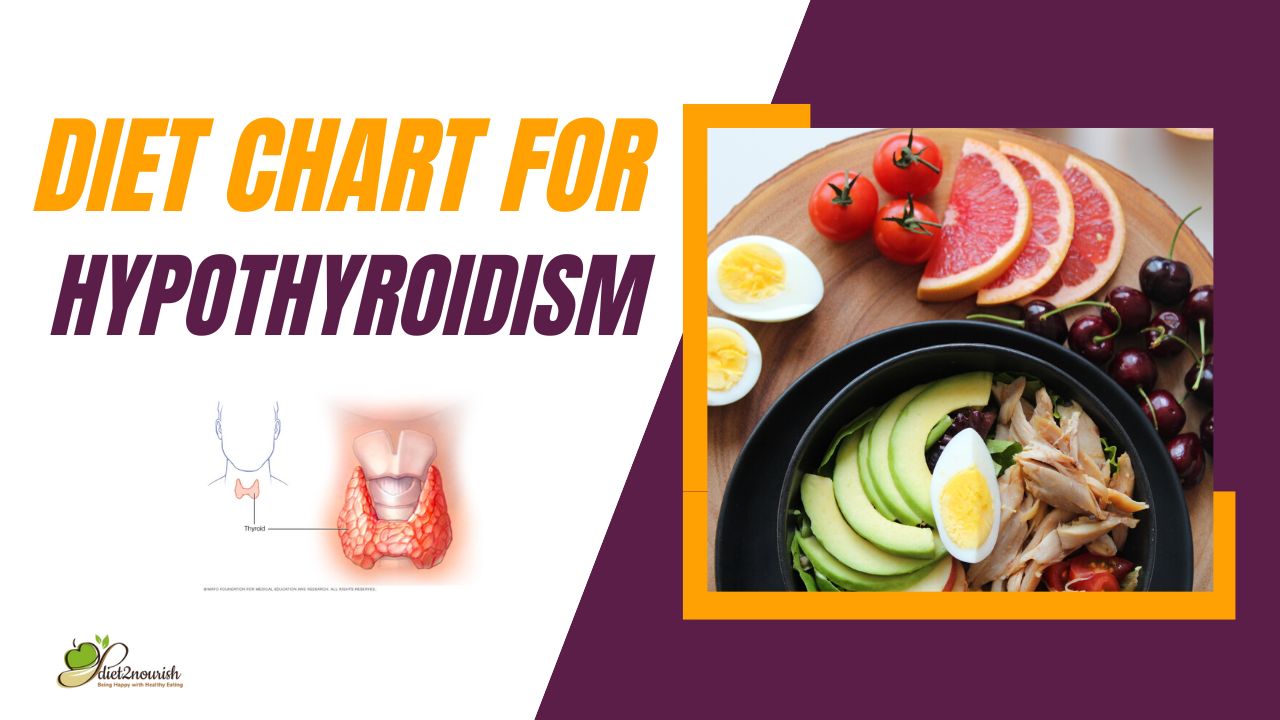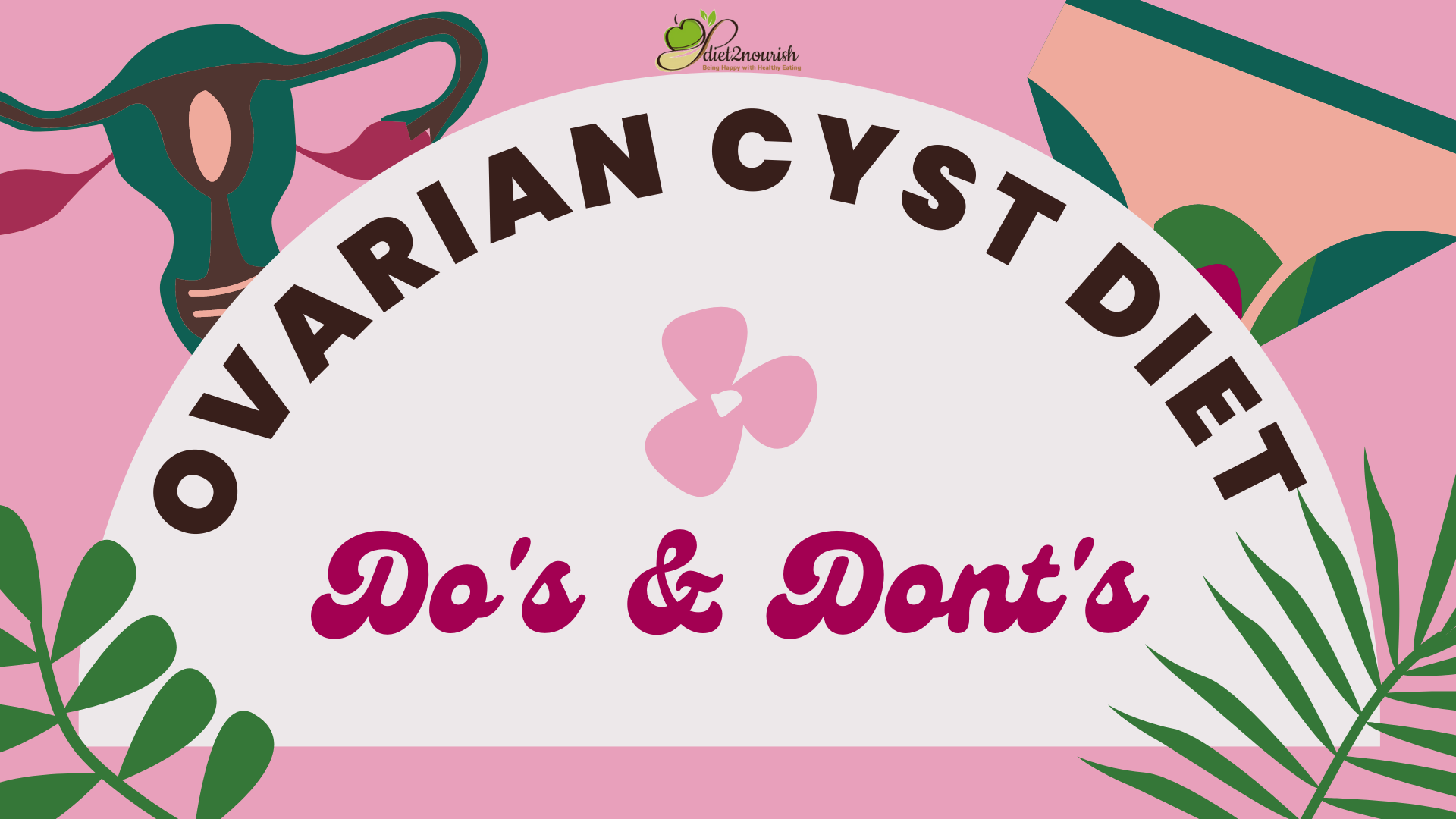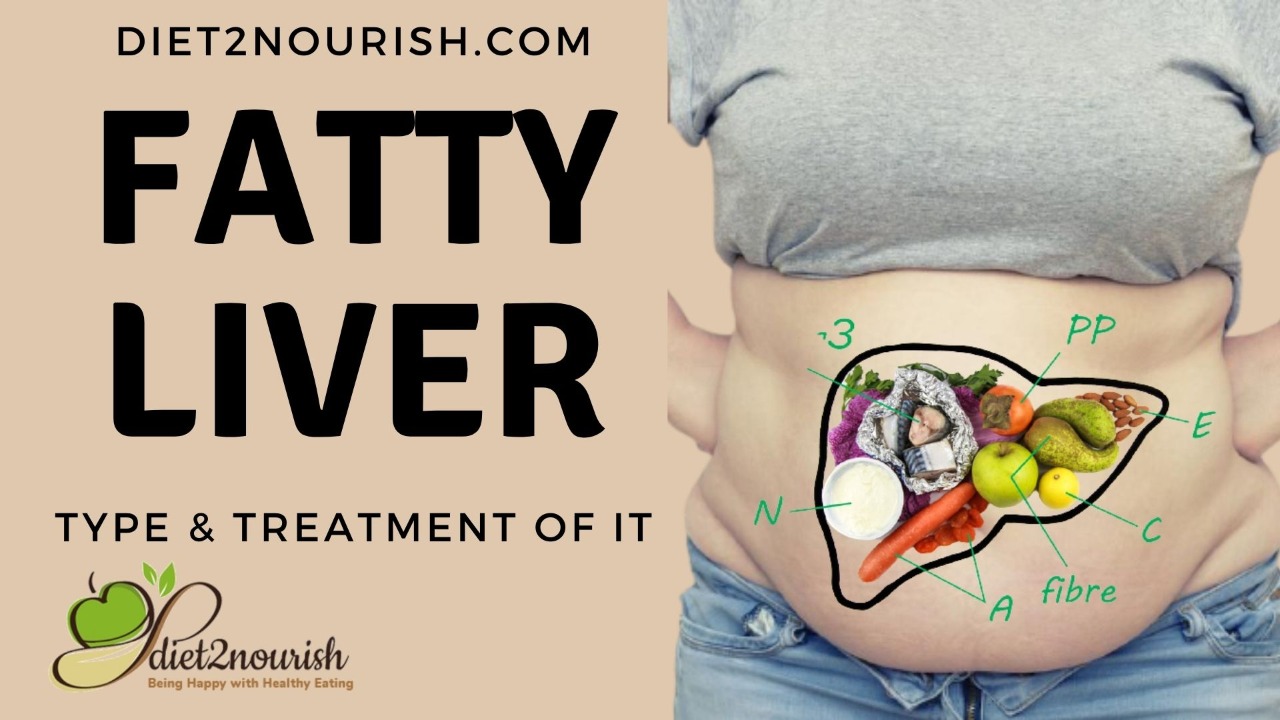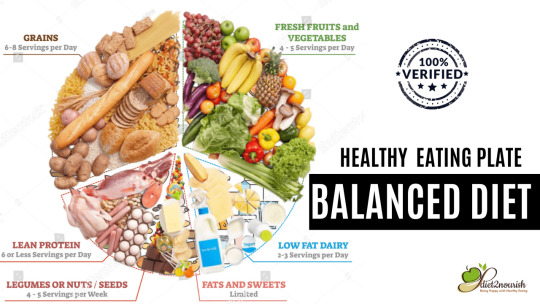dietnourish's blog
Kidney disease is a condition that damages your kidneys and reduces their ability to filter waste products from your blood. This can lead to a buildup of toxins in your body, which can cause a variety of symptoms, including fatigue, swelling, and high blood pressure.
If you have kidney disease, it is important to follow a healthy diet to help manage your symptoms and protect your kidneys. An Indian diet can be a good option for people with kidney disease, as it is rich in fruits, vegetables, and whole grains. However, there are some foods that people with kidney disease should avoid, such as red meat, processed foods, and sugary drinks.
Indian Diet Chart for Kidney Patients
Here is a sample Indian diet chart for kidney patients:
Breakfast:
- Oatmeal with berries and nuts
- Yogurt with fruit and granola
- Whole-wheat toast with avocado and egg whites
Lunch:
- Salad with grilled chicken or fish
- Soup and sandwich on whole-wheat bread
- Leftovers from dinner
Dinner:
- Grilled salmon with roasted vegetables
- Chicken stir-fry with brown rice
- Lentil soup with whole-wheat bread
Snacks:
- Fruits and vegetables
- Nuts and seeds
- Yogurt
- Hard-boiled eggs
This is just a sample meal plan, and you can adjust it to fit your own individual needs and preferences. Be sure to talk to your doctor or a registered dietitian before making any major changes to your diet.
Indian Diet Chart for Kidney Patients
Here are some foods that are good for people with kidney disease:
- Fruits and vegetables: Fruits and vegetables are low in phosphorus and potassium, which are two minerals that can build up in the blood and worsen kidney function. Good choices include apples, bananas, berries, carrots, celery, cucumber, and grapes.
- Whole grains: Whole grains are a good source of fiber, which can help to lower cholesterol levels and improve blood sugar control. Good choices include brown rice, quinoa, and oats.
- Lean protein: Lean protein sources, such as chicken, fish, and beans, are low in saturated fat and phosphorus. Good choices include grilled chicken breast, salmon, and black beans.
- Low-fat dairy products: Low-fat dairy products are a good source of calcium and vitamin D, which are important for bone health. Good choices include skim milk, low-fat yogurt, and low-fat cheese.
Foods to Avoid for Kidney Patients
Here are some foods that people with kidney disease should avoid:
- Red meat: Red meat is high in saturated fat and phosphorus. These minerals can raise cholesterol levels and worsen kidney function. Good choices include chicken, fish, and beans.
- Organ meats: Organ meats, such as liver and kidney, are very high in phosphorus. These minerals can build up in the blood and worsen kidney function. Good choices include chicken, fish, and beans.
- Salty foods: Salty foods are high in sodium. Sodium can raise blood pressure and worsen kidney function. Good choices include low-sodium foods, such as fresh fruits and vegetables, whole grains, and lean protein sources.
- Processed foods: Processed foods are often high in sodium, phosphorus, and potassium. These minerals can build up in the blood and worsen kidney function. Good choices include fresh fruits and vegetables, whole grains, and lean protein sources.
Other Tips for Managing Kidney Disease
In addition to following a healthy diet, there are a number of other things you can do to manage kidney disease, such as:
- Stay hydrated. Drinking plenty of fluids helps to flush out toxins from the body and improve kidney function. Aim to drink at least eight glasses of water per day.
- Exercise regularly. Exercise helps to lower blood pressure and improve kidney function. Aim for at least 30 minutes of moderate-intensity exercise most days of the week.
- Maintain a healthy weight. Excess weight can put a strain on the kidneys and worsen kidney function. If you are overweight or obese, talk to your doctor about how to lose weight safely.
- Manage other medical conditions. Certain medical conditions, such as diabetes and high blood pressure, can damage the kidneys. If you have any of these conditions, it is important to manage them carefully.
If you have kidney disease, it is important to work with your doctor to develop a treatment plan that is right for you. A healthy diet and other lifestyle changes can help to manage your symptoms and protect your kidneys.
A fatty liver diet chart is a critical tool for managing a common liver condition known as non-alcoholic fatty liver disease (NAFLD). NAFLD is characterized by the accumulation of excess fat in the liver, which can lead to inflammation and liver damage. Proper dietary choices are essential in preventing and managing NAFLD.
Understanding NAFLD:
Non-Alcoholic Fatty Liver Disease is a liver condition not related to alcohol consumption. It ranges from simple fatty liver (steatosis), where excess fat accumulates in liver cells, to non-alcoholic steatohepatitis (NASH), which involves liver inflammation and can lead to fibrosis and cirrhosis.
Goals of a Fatty Liver Diet Chart:
The primary objectives of a fatty liver diet chart are:
Reduce Fat Accumulation: Minimize the accumulation of fat in liver cells.
Prevent Inflammation: Prevent or reduce liver inflammation and oxidative stress.
Promote Weight Management: Achieve and maintain a healthy body weight.
Components of a Fatty Liver Diet Chart:
1. Low-Glycemic Carbohydrates:
Choose carbohydrates with a low glycemic index to help stabilize blood sugar levels and reduce fat storage in the liver:
- Whole grains like brown rice, quinoa, and whole wheat.
- Legumes such as lentils, chickpeas, and kidney beans.
- Fiber-rich vegetables like spinach, broccoli, and cauliflower.
2. Healthy Fats:
Incorporate sources of healthy fats to support liver health and overall well-being:
- Olive oil: Use it for cooking and as a salad dressing.
- Nuts and seeds: Include almonds, walnuts, flaxseeds, and chia seeds in your diet.
- Fatty fish: Choose fish like salmon, mackerel, and sardines, which are rich in omega-3 fatty acids.
3. Lean Proteins:
Opt for lean protein sources to support liver function and muscle health:
- Skinless poultry like chicken and turkey.
- Low-fat dairy or dairy alternatives like yogurt and soy milk.
- Plant-based proteins like tofu and tempeh.
4. Antioxidant-Rich Foods:
Antioxidants help protect liver cells from oxidative stress and inflammation:
- Colorful fruits and vegetables: Include berries, citrus fruits, and leafy greens.
- Turmeric: This spice has anti-inflammatory properties.
- Green tea: It contains compounds with antioxidant effects.
5. Portion Control:
Practice portion control to manage calorie intake and prevent excessive fat accumulation. Overeating, even healthy foods, can contribute to NAFLD.
6. Limit Added Sugars:
Minimize the consumption of foods and beverages high in added sugars. Processed and sugary foods can contribute to excessive calorie intake and liver fat.
7. Moderate Dairy Consumption:
If you tolerate dairy well, include low-fat or lactose-free dairy products. If you have lactose intolerance, opt for dairy alternatives like almond milk or soy yogurt.
8. Hydration:
Stay well-hydrated by drinking plenty of water throughout the day. Proper hydration supports liver function and helps flush toxins from the body.
9. Lifestyle Factors:
In addition to dietary choices, consider these lifestyle factors for liver health:
- Exercise regularly: Physical activity can help reduce liver fat and improve insulin sensitivity.
- Manage weight: Achieving and maintaining a healthy weight is crucial for liver health.
- Avoid alcohol: Even small amounts of alcohol can be harmful to the liver, especially in the presence of NAFLD.
- Limit processed foods: Highly processed and fried foods can contribute to liver inflammation and fat accumulation.
- Get regular check-ups: Consult with a healthcare provider to monitor liver health and receive guidance on managing NAFLD.
Conclusion:
A fatty liver diet chart focuses on making dietary choices that reduce fat accumulation in the liver, prevent inflammation, and promote overall liver health. By emphasizing low-glycemic carbohydrates, healthy fats, lean proteins, antioxidant-rich foods, portion control, and lifestyle factors like exercise and weight management, individuals with NAFLD can proactively manage their condition. It's crucial to work closely with healthcare providers and registered dietitians to develop a personalized plan tailored to specific needs and liver health goals. With the right dietary choices and lifestyle adjustments, individuals can support their liver's well-being and reduce the risk of liver complications associated with NAFLD.
A balanced diet is essential for maintaining good health and well-being. It provides the body with the necessary nutrients, vitamins, minerals, and energy needed for proper functioning. A well-balanced diet should include a variety of foods from all food groups in the right proportions.
Principles of a balanced diet chart
A balanced diet consists of foods that provide the following essential nutrients:
Carbohydrates: These are the body's primary source of energy. They are found in foods like grains, cereals, fruits, vegetables, and legumes. Complex carbohydrates, such as whole grains, are preferable as they provide sustained energy and fiber.
Proteins: Proteins are vital for growth, repair, and overall body function. Good sources of protein include lean meats, poultry, fish, dairy products, eggs, beans, and legumes.
Fats: Healthy fats are crucial for brain function and cell growth. Sources of healthy fats include avocados, nuts, seeds, olive oil, and fatty fish like salmon. Limit saturated and trans fats found in fried and processed foods.
Vitamins: A balanced diet should provide a variety of vitamins, including A, C, D, E, and K. These can be obtained from fruits, vegetables, dairy, and fortified foods.
Minerals: Essential minerals like calcium, magnesium, potassium, and iron are found in foods such as dairy products, leafy greens, nuts, and lean meats.
Fiber: Fiber aids digestion and helps maintain a healthy weight. It is found in whole grains, fruits, vegetables, and legumes.
Water: Staying hydrated is crucial for every bodily function. Drink plenty of water throughout the day, and include hydrating foods like fruits and vegetables in your diet.
Benefits of a balanced diet chart
A balanced diet offers numerous health benefits, including:
Weight Management: Eating a variety of nutrient-rich foods can help you maintain a healthy weight by controlling calorie intake.
Improved Digestion: High-fiber foods aid in digestion and prevent constipation.
Enhanced Energy Levels: A balanced diet provides the necessary energy for daily activities and exercise.
Better Mental Health: Proper nutrition is linked to improved mood and reduced risk of mental health disorders.
Stronger Immune System: A well-balanced diet supports a robust immune system, helping the body fight off illnesses.
Reduced Risk of Chronic Diseases: A diet rich in fruits, vegetables, whole grains, and lean proteins can reduce the risk of chronic diseases like heart disease, diabetes, and certain cancers.
Sample Balanced Diet Chart:
Here's a sample balanced diet chart to serve as a practical guide:
Breakfast:
- Option 1: Oatmeal topped with fresh berries, nuts, and a drizzle of honey. A glass of low-fat milk or a dairy-free alternative.
- Option 2: Whole-grain toast with avocado, poached eggs, and a side of spinach. A glass of orange juice.
Mid-Morning Snack:
- A piece of fruit, such as an apple or a banana.
- A handful of almonds or walnuts for added protein and healthy fats.
Lunch:
- Grilled chicken or tofu salad with mixed greens, cherry tomatoes, cucumbers, and a vinaigrette dressing.
- A serving of brown rice or quinoa.
- A glass of water or herbal tea.
Afternoon Snack:
- Greek yogurt with a sprinkle of granola and a drizzle of honey.
- Sliced carrots or celery with hummus.
Dinner:
- Baked salmon or a plant-based protein like lentils or chickpeas.
- Steamed broccoli or asparagus.
- A small serving of whole-wheat pasta with a tomato-based sauce.
- A side salad with a variety of colorful vegetables.
Evening Snack (if needed):
- A small bowl of mixed berries.
- A cup of herbal tea.
Important Considerations:
- Portion Control: Be mindful of portion sizes to avoid overeating.
- Hydration: Drink plenty of water throughout the day.
- Variety: Include a wide range of foods to ensure you get a diverse array of nutrients.
- Moderation: Limit foods high in added sugars, salt, and unhealthy fats.
Conclusion:
A balanced diet is the foundation of good health and well-being. It provides the body with the necessary nutrients to function optimally and reduces the risk of chronic diseases. By following the principles of a balanced diet and incorporating a variety of foods into your meals, you can enjoy the numerous health benefits that come with nourishing your body with the right nutrients. Remember that a balanced diet is a long-term commitment to a healthier, happier life.
Here is a sample diet chart for hypothyroidism:
Breakfast:
- Oatmeal with berries and nuts
- Yogurt with fruit and granola
- Eggs with whole-wheat toast and avocado
Lunch:
- Salad with grilled chicken or tofu, vegetables, and a vinaigrette dressing
- Sandwich on whole-wheat bread with lean protein, vegetables, and cheese
- Leftovers from dinner
Dinner:
- Grilled salmon with roasted vegetables
- Chicken stir-fry with brown rice
- Lentil soup with whole-wheat bread
Snacks:
- Fruits and vegetables
- Nuts and seeds
- Yogurt
- Hard-boiled eggs
This is just a sample diet chart, and you may need to adjust it based on your individual needs and preferences. For example, if you are vegetarian or vegan, you can substitute plant-based protein sources for the chicken and fish.
It is also important to stay hydrated throughout the day by drinking plenty of water. You can also drink unsweetened tea or coffee if you like.
Here are some additional tips for following a Diet chart for Hypothyroidism
- Eat plenty of fruits and vegetables. Fruits and vegetables are packed with vitamins, minerals, and antioxidants that are essential for good health. They are also low in calories and fat.
- Choose whole grains over refined grains. Whole grains are a good source of fiber, which can help to keep you feeling full and satisfied. They also contain complex carbohydrates, which provide sustained energy. Refined grains, on the other hand, have been stripped of their fiber and nutrients. Choose whole grains over refined grains whenever possible.
- Choose lean protein sources. Lean protein sources are low in saturated fat and cholesterol. They are also a good source of essential nutrients like iron, zinc, and B vitamins. Good choices for lean protein include chicken, fish, beans, and tofu.
- Limit unhealthy fats. Unhealthy fats, such as saturated and trans fats, can raise your cholesterol levels and increase your risk of heart disease. Limit your intake of unhealthy fats by avoiding processed foods, fried foods, and fatty meats. Choose healthy fats, such as those found in olive oil, avocados, and nuts, instead.
- Limit sugary drinks. Sugary drinks are high in calories and can lead to weight gain, which can worsen hypothyroidism symptoms. Limit your intake of sugary drinks by drinking water, unsweetened tea, or coffee instead.
- Exercise regularly. Exercise helps to improve thyroid function and reduce hypothyroidism symptoms. Aim for at least 30 minutes of moderate-intensity exercise most days of the week.
If you have hypothyroidism, it is important to talk to your doctor about the best way to manage your condition. They can help you to develop a personalized treatment plan that includes diet, exercise, and medication.
Here are some additional tips for managing Diet chart for Hypothyroidism
- Get enough sleep. Most adults need around 7-8 hours of sleep per night.
- Manage stress. Stress can worsen hypothyroidism symptoms. Find healthy ways to manage stress, such as exercise, yoga, or meditation.
- Monitor your thyroid levels regularly. Your doctor will want to monitor your thyroid levels regularly to ensure that your treatment plan is working.
By following these tips, you can help to manage your hypothyroidism and improve your overall health.
Cysts are fluid-filled sacs that can develop anywhere in the body. They can be caused by a variety of factors, including infection, injury, and genetics. Cysts can be harmless, but some can cause pain, bleeding, and other complications.
There is no one-size-fits-all answer to the question of which foods can kill cysts. However, there are a number of foods that have been shown to have anti-inflammatory and anti-cancer properties, which may help to reduce the size of cysts and prevent them from forming in the first place.
Here are some foods that kill cysts
Fruits and vegetables: Fruits and vegetables are packed with antioxidants and other nutrients that can help to improve overall health and well-being. They are also a good source of fiber, which can help to regulate digestion and reduce inflammation.
Some specific fruits and vegetables that may be helpful for killing cysts include:
- Berries: Berries are high in antioxidants, which can help to reduce inflammation and fight cancer.
- Citrus fruits: Citrus fruits are a good source of vitamin C, which is an important antioxidant.
- Leafy green vegetables: Leafy green vegetables are packed with nutrients, including vitamins A, C, and K. They are also a good source of fiber.
- Cruciferous vegetables: Cruciferous vegetables, such as broccoli, cauliflower, and Brussels sprouts, contain compounds that may help to fight cancer.
Whole grains: Whole grains are a good source of fiber, which can help to regulate digestion and reduce inflammation. They are also a good source of B vitamins, which are important for overall health and well-being.
Lean protein: Lean protein sources, such as chicken, fish, beans, and tofu, are important for building and repairing tissues. They can also help to reduce inflammation.
Healthy fats: Healthy fats, such as those found in olive oil, avocados, and nuts, can help to reduce inflammation and improve hormone balance.
Other foods that kill cysts
- Turmeric: Turmeric is a spice that contains a compound called curcumin, which has anti-inflammatory and anti-cancer properties.
- Ginger: Ginger is another spice that has anti-inflammatory and anti-cancer properties.
- Garlic: Garlic contains compounds that may help to fight cancer.
- Green tea: Green tea contains antioxidants that may help to reduce inflammation and fight cancer.
It is important to note that more research is needed to confirm the effectiveness of these foods for killing cysts. However, a healthy diet that includes a variety of fruits, vegetables, whole grains, lean protein, and healthy fats is important for overall health and well-being.
In addition to following a healthy diet, there are a number of other things you can do to manage cysts, such as:
- Exercise regularly: Exercise helps to improve overall health and well-being, and it may also help to reduce the size of cysts and prevent them from forming in the first place. Aim for at least 30 minutes of moderate-intensity exercise most days of the week.
- Manage stress: Stress can worsen the symptoms of cysts. Find healthy ways to manage stress, such as exercise, yoga, or meditation.
- Get enough sleep: Sleep is essential for overall health and well-being. Aim for 7-8 hours of sleep per night.
If you are concerned about cysts, talk to your doctor. They can help you to develop a treatment plan that is right for you.
A fatty liver is a condition in which excess fat accumulates in the liver. This can happen for a number of reasons, including obesity, insulin resistance, and excessive alcohol consumption. A fatty liver can lead to a number of health problems, including cirrhosis, liver failure, and hepatocellular carcinoma (HCC).
Following a healthy diet is one of the best ways to manage a fatty liver. A fatty liver diet is a diet that is low in saturated and unhealthy fats, high in fiber, and rich in fruits, vegetables, and whole grains.
Here is a sample fatty liver diet chart
Breakfast:
- Oatmeal with berries and nuts
- Yogurt with fruit and granola
- Whole-wheat toast with avocado and egg
Lunch:
- Salad with grilled chicken or fish
- Soup and sandwich on whole-wheat bread
- Leftovers from dinner
Dinner:
- Grilled salmon with roasted vegetables
- Chicken stir-fry with brown rice
- Lentil soup with whole-wheat bread
Snacks:
- Fruits and vegetables
- Nuts and seeds
- Yogurt
- Hard-boiled eggs
This meal plan provides a variety of nutritious foods that are good for people with fatty liver disease. It is important to note that this is just a sample meal plan, and you may need to adjust it based on your individual needs and preferences. If you have any questions or concerns, talk to your doctor or a registered dietitian.
Here are some additional tips for following a fatty liver diet chart
- Limit your intake of saturated and unhealthy fats. Saturated and unhealthy fats can raise cholesterol levels and worsen fatty liver disease.
- Avoid sugary drinks. Sugary drinks are high in calories and sugar, which can contribute to weight gain and fatty liver disease.
- Choose lean protein sources. Lean protein sources, such as chicken, fish, and beans, are low in saturated fat and high in protein, which is important for liver health.
- Eat plenty of fruits and vegetables. Fruits and vegetables are packed with vitamins, minerals, and antioxidants, which are all important for good health.
- Exercise regularly. Exercise helps to improve insulin sensitivity and reduce inflammation, both of which can benefit people with fatty liver disease.
If you have fatty liver disease, it is important to work with your doctor to develop a treatment plan that is right for you. This may include dietary changes, medication, or other lifestyle changes.
Additional foods that are good for people with fatty liver disease:
- Coffee
- Tea
- Green tea
- Turmeric
- Garlic
- Ginger
- Cinnamon
- Olive oil
- Avocado
- Nuts
- Seeds
- Whole grains
- Cruciferous vegetables
- Berries
Foods to limit or avoid:
- Processed foods
- Sugary drinks
- Red meat
- Fatty dairy products
- Fried foods
- Alcohol
Following a healthy diet can help to improve liver health and reduce the risk of complications from fatty liver disease. If you have fatty liver disease, talk to your doctor or a registered dietitian to develop a diet plan that is right for you.
To adjust a balanced diet chart to 1200 calories, you can make the following changes:
- Reduce the portion sizes of all of your meals and snacks.
- Choose lower-calorie foods and beverages.
- Avoid processed foods, sugary drinks, and unhealthy fats.
- Make sure to eat plenty of nutrient-dense foods, such as fruits, vegetables, whole grains, and lean protein.
Here is a sample balanced diet chart for 1200 calories:
Breakfast:
- 1 cup cooked oatmeal with 1/4 cup berries and 1 tablespoon nuts
- 1 hard-boiled egg
Lunch:
- 1 cup cooked quinoa with 1 cup grilled chicken or fish, 1 cup vegetables, and 1 teaspoon olive oil
Dinner:
- 1 cup cooked brown rice with 1 cup lentils or beans, 1 cup vegetables, and 1 teaspoon olive oil
Snacks:
- 1 apple with 1/2 cup yogurt
- 1 handful of nuts
This is just a sample meal plan, and you can adjust it to fit your own dietary needs and preferences. For example, if you are vegetarian or vegan, you can substitute plant-based protein sources for the chicken and fish.
Here are some additional tips for creating a balanced diet chart for 1200 calories:
- Make sure to include a variety of foods from all of the food groups. This will help you get all of the nutrients that you need.
- Choose foods that are low in saturated and trans fats and high in fiber.
- Limit your intake of added sugar and salt.
- Drink plenty of water throughout the day.
If you are having trouble creating a balanced diet chart for 1200 calories, you can talk to a registered dietitian or other qualified healthcare professional. They can help you create a plan that is tailored to your individual needs.
Here are some specific examples of how to reduce the portion sizes of your meals and snacks:- Instead of eating a whole sandwich for lunch, have a half-sandwich and a side salad.
- Instead of having a full bowl of cereal for breakfast, have a half-bowl and add some fruit and nuts.
- Instead of eating a whole bag of chips for a snack, have a handful of nuts or a piece of fruit.
- Instead of having a large soda with dinner, have a glass of water or unsweetened tea.
- Instead of white bread, choose whole-wheat bread.
- Instead of white rice, choose brown rice or quinoa.
- Instead of red meat, choose chicken, fish, or beans.
- Instead of full-fat dairy products, choose low-fat or fat-free dairy products.
- Instead of sugary drinks, choose water, unsweetened tea, or coffee.
- Fast food
- Processed meats
- Sugary cereals
- Packaged snacks
- Soda
- Juice
- Fried foods
- Fruits
- Vegetables
- Whole grains
- Lean protein
- Healthy fats, such as those found in nuts, seeds, and avocados
By making these changes, you can create a balanced diet chart for 1200 calories that will help you lose weight or maintain a healthy weight.
Navigating Hypothyroidism Through Diet: A Comprehensive Guide to a Thyroid-Friendly Diet Chart
Hypothyroidism is a common thyroid disorder where the thyroid gland doesn't produce enough thyroid hormones. Proper nutrition plays a crucial role in managing this condition and alleviating symptoms.
Dietary Considerations for Diet chart for Hypothyroidism While diet alone cannot cure hypothyroidism, it can significantly impact symptoms and overall well-being. Here are some dietary considerations:
Day 1:
- Breakfast: Oatmeal with almond butter and a sprinkle of chia seeds.
- Day 2:
- Breakfast: Scrambled eggs with spinach and tomatoes.
- Day 3:
- Breakfast: Whole-grain toast with avocado and poached eggs.
- Day 4:
- Breakfast: Smoothie with spinach, banana, almond milk, and a scoop of protein powder.
- Breakfast: Whole-grain cereal with skim milk and a handful of strawberries.
- Dietary Tips for Diet chart for Hypothyroidism
Conclusion:
A thyroid-friendly diet can help individuals with hypothyroidism manage their condition and alleviate symptoms. By making informed dietary choices, including key nutrients, and avoiding foods that may interfere with thyroid function, individuals can work towards better thyroid health and improved overall well-being.
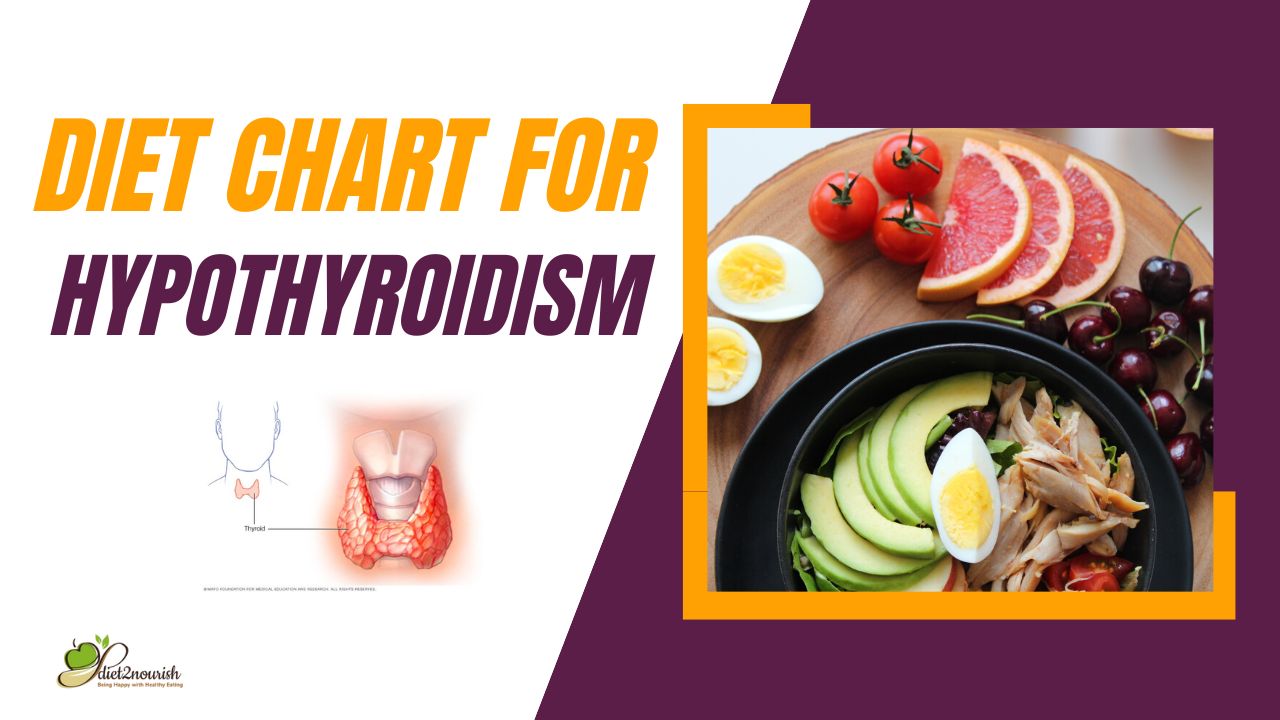
Here is a sample 7-day meal plan for a fatty liver diet in India:
7 day meal plan for fatty liver indian
Day 1
- Breakfast: Oatmeal with berries and nuts
- Lunch: Salad with grilled chicken and roasted vegetables
- Dinner: Salmon with brown rice and steamed broccoli
Day 2
- Breakfast: Yogurt with fruit and granola
- Lunch: Lentil soup
- Dinner: Chicken stir-fry with brown rice
Day 3
- Breakfast: Whole-wheat toast with peanut butter and banana
- Lunch: Sandwich on whole-wheat bread with lean protein, vegetables, and cheese
- Dinner: Tofu scramble with vegetables
Day 4
- Breakfast: Oatmeal with berries and nuts
- Lunch: Salad with grilled fish and roasted vegetables
- Dinner: Chicken biryani with brown rice
Day 5
- Breakfast: Yogurt with fruit and granola
- Lunch: Lentil tacos
- Dinner: Vegetable curry with brown rice
Day 6
- Breakfast: Whole-wheat toast with peanut butter and banana
- Lunch: Sandwich on whole-wheat bread with lean protein, vegetables, and cheese
- Dinner: Fish tandoori with roasted vegetables
Day 7
- Breakfast: Oatmeal with berries and nuts
- Lunch: Salad with grilled chicken and roasted vegetables
- Dinner: Salmon with brown rice and steamed broccoli
Snacks:
- Fruits and vegetables
- Yogurt
- Nuts
- Hard-boiled eggs
This meal plan provides a variety of healthy and delicious meals that are appropriate for a fatty liver diet. It is important to note that this is just a sample meal plan and your individual needs may vary. Be sure to talk to your doctor or a registered dietitian to create a personalized meal plan that is right for you.
Additional tips: 7 day meal plan for fatty liver indian
- Cook at home more often: This allows you to control the ingredients in your food and avoid processed foods.
- Use healthy cooking methods: Instead of frying, try grilling, baking, or steaming your food.
- Limit your intake of saturated and unhealthy fats: Instead of butter, use olive oil or canola oil.
- Choose lean protein sources: Chicken, fish, beans, and tofu are all good options.
- Eat plenty of fruits and vegetables: Aim for at least five servings per day.
- Get regular exercise: Aim for at least 30 minutes of moderate-intensity exercise most days of the week.
By following these tips, you can improve your liver health and reduce your risk of complications from fatty liver disease.
